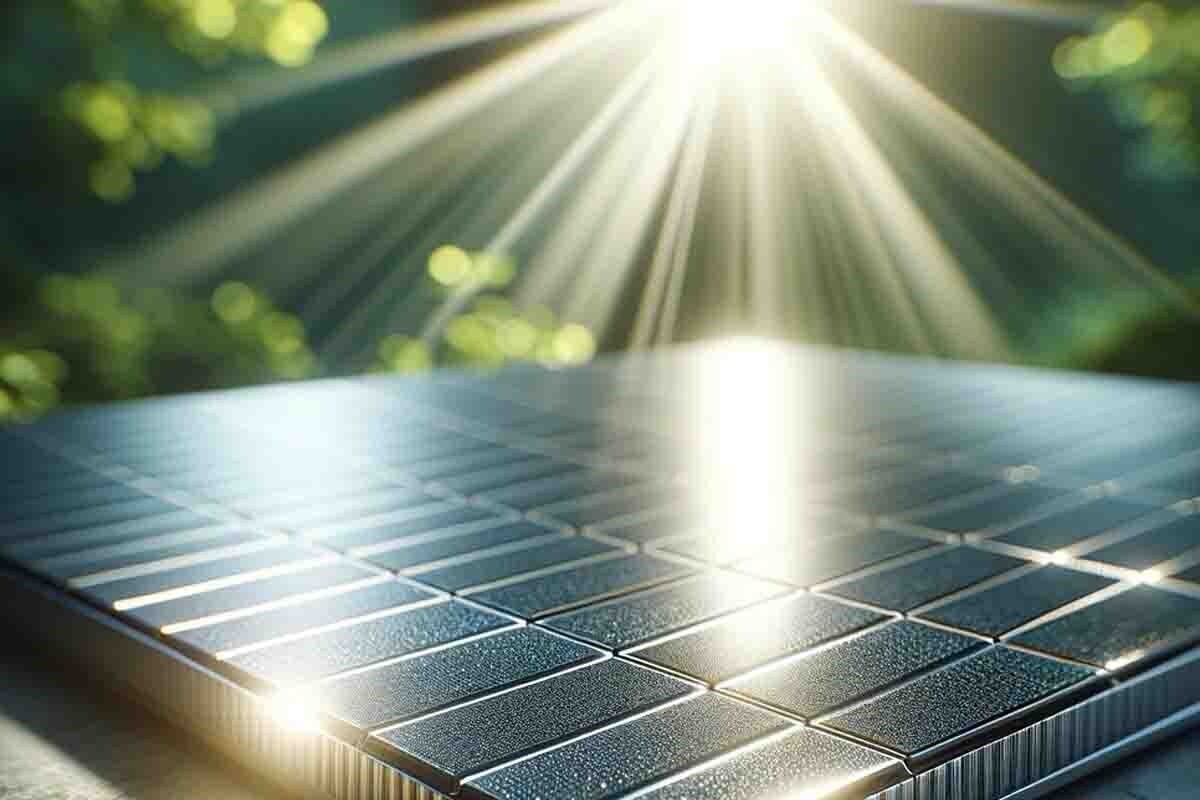

For nearly four decades, silicon-based solar cells have been the cornerstone of renewable energy. However, they come with significant drawbacks that limit their efficiency and affordability. Their installation is complex and costly, requiring substantial infrastructure. As a result, these challenges have driven researchers to develop photovoltaic ceramics—a groundbreaking material poised to revolutionise the solar energy industry.

These photovoltaic ceramics developed at ETH Zurich harness nanostructures to convert sunlight into electricity. The material comprises aluminium oxide and perovskite nanoparticles, exhibiting unique optical properties and exceptional light-capturing capabilities. These nanoparticles absorb photon energy from sunlight, generating electrons that flow through the aluminium oxide lattice, creating an electric current.
Advantages of photovoltaic ceramics
One of the standout advantages of photovoltaic ceramics is their exceptional structural stability. Unlike perovskite cells, which are prone to issues like sensitivity to temperature fluctuations, humidity, and mechanical stress, ceramics effectively overcome these challenges. The result is a highly efficient and durable solar material that heralds the next generation of renewable energy technology.
Beyond generating electricity, photovoltaic ceramics offer the potential to produce artificial solar fuels. Swiss engineers at ETH Zurich have developed solar reactors capable of creating solar fuels from sunlight and air. These reactors operate at temperatures of up to 2732°F (1500°C), utilising a thermochemical cycle to split water and CO₂ into syngas—a blend of gases that can be synthesised into liquid fuels such as kerosene. This breakthrough represents a significant step forward in renewable energy innovation.
These fuels are carbon-neutral, releasing only the amount of carbon dioxide that was used during their production. This makes them a highly environmentally friendly solution, particularly for industries like aviation, where they can significantly reduce greenhouse gas emissions.
Development of the photovoltaic ceramic
Advancements in 3D printing technology have significantly enhanced the design of photovoltaic ceramic structures. Scientists have developed new porous ceramics for solar energy applications using low-viscosity ink with a high cerium content. These improvements have led to higher temperatures and, as a result, more efficient fuel generation.
Synhelion, the company behind this innovation, has patented the technology and aims to bring it to market. Their recent breakthroughs in using 3D printing to produce solar reactors promise to make photovoltaic ceramics more cost-effective, further solidifying their place in the energy market.
The rise of photovoltaic ceramics marks a transformative development in renewable energy. With superior efficiency, durability, and material flexibility, they have the potential to replace silicon-based solar panels, which currently dominate the market. As this revolutionary material matures, the coming years will usher in a cleaner, more sustainable world. It’s time to move away from traditional solar panels and embrace the future with ceramic solar technology.



Responses






